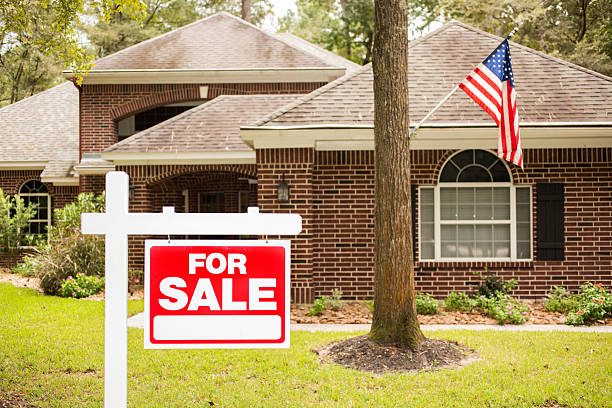The United States of America is one of the most developed nations globally. They are also known as one of the best-performing market systems around the globe. Because many countries worldwide are entwined in American economies, a change within the American markets can have ripple effects across the world.
This became clearer in 2007 when a local real estate-related crisis in American markets turned into an international problem and threatened to halt the world’s financial system! The real estate market study is, therefore, only complete if the current historical background of the American market is understood.
This article we’ll explain what we know about the two significant boom-bust periods that have been witnessed by the American real estate industry has seen since the 1980s.
Stage 1: The Bust
- The American real estate market was experiencing a decline in the 1980s and beyond. This was caused by the Savings and Loan crisis, which was a part of the markets at this time. Before 1980, the majority of the houses being sold within the United States were being purchased because of funds taken by the Savings and Loans institutions.
- In the 1980s, the Fed recognized that inflation was spiraling beyond control. This led to Paul Volcker, who was leading the Fed at the time, boosting the interest rate to at least 20 percent! The interest rate increase almost eliminated the savings and lending industry because they were unable to draw new capital in these conditions. Additionally, the number of individuals who could borrow at the rate at which they would purchase homes fell drastically, which led to a decline in the market for real estate.
- The financial crisis resulted in what was one of the worst points that have ever occurred in United States real estate. In the meantime, citizens had no clue about what was going to be coming up for them!
Stage 2: The Manufactured Boom
- The 90s were a time to recover from the crisis of savings and loans. The banks and savings institutions were now insolvent. However, a few banks were in financial distress. Thus, lending activity needed to be improved. The government passed various laws to boost loans and, specifically, the credit for the property market.
- Legislations such as the Communities Reinvestment Act were designed with the goal of boosting the number of loans to minorities. However, soon the political motivation of achieving the so-called ” America Dream” was the main reason for these laws. The politicians were focused on implementing policies that would permit more people to purchase houses. The long-term implications of these policy decisions should have been considered.
- What came next is referred to as the most extensive boom times of American history. The reason for this boom was facilitated mainly by the low prices for interest, i.e., nearly 1%, which was the norm across the United States then. In addition, the fact that banks were required by law to reduce their lending requirements to ensure they were able to provide as many loans as they could!
- In the wake of these events, the market for real estate was flooded by buyers with lots of money and willing to purchase properties that were constantly proving to appreciate in value, making the owners wealthy.
- This explosion within the American real estate market that lasted between the late 1990s and 2007 was a consequence of the actions of the American government. In the end, it is sometimes referred to as”the manufactured boom.
Stage 3: The Crisis
- The year 2007 brought about one of the most significant financial crises that the globe could ever experience. The root of the crisis was within the American real estate sector. The boom manufactured by the government due to the policies of the government soon turned into the result of a created crisis. This is because the fear of inflation was once more a factor that President Alan Greenspan had to raise the interest rates of the economy.
- The rise in interest rates triggered an unprecedented crisis known as”the subprime mortgage crisis. The higher rates caused monthly payments for mortgages to rise. Many homeowners couldn’t afford the higher mortgage.
- In the end, the homes had to be closed. The decreasing value of houses led to a surplus supply, where prices were reduced even more.
- In the course of this bloodbath, nearly all markets around the world were negatively affected.
- The most harmed is in the American property market, which was down nearly half its value!
Stage 4: The Post-Crisis Market
- The United States real estate market has seen a recovery following the recession that struck the market in 2008. But the process of healing is slower. The soaring drops seen through the property market have been replaced by steady growth.
- But the good news is that government intervention in the market is insignificant this time, and the remarkably low-interest rates drive this modest growth.
- Some critics suggest that Quantitative Easing policies are being followed in the United States for the steady oil price increase. But nothing can be sure as of the moment.
The United States real estate sector has a track record of downs and ups. The real estate industry is different from the steady and predictable market that many people claim to be. It is nearly as risky as any other investment.
